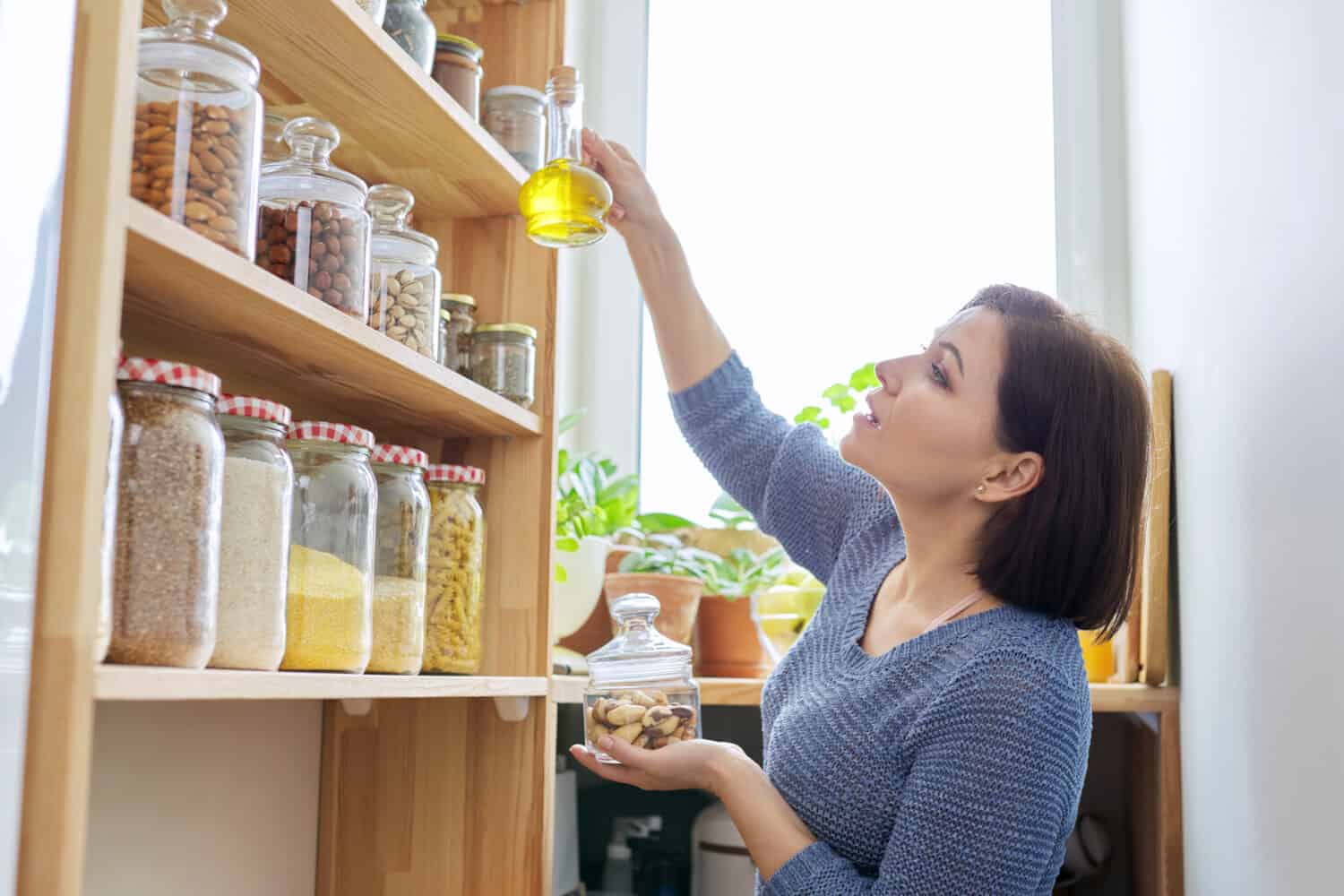Do you know what’s in your pantry? No, we don’t mean what’s front and center that is quite often used, we’re talking about the items that are either sitting in the back of your pantry or items that have been taking residence for quite some time in your cabinets. Some food that you have stored in the pantry is usually quite standard. For instance, you may not bake very often, but we are willing to bet you have baking soda, baking powder, flour, and a full team of products ready to use should you get the itch to bake a cake.
But do you know how long that flour has actually been there? Or when was the last time you used that lemon pepper seasoning that you just had to have? It’s not uncommon on these items in case you need them, but it is important to do inventory once in a while to make sure you’re storing the freshest ingredients instead of these items just taking up space. So, with that said, let’s get into 11 items in your pantry that you should probably throw out today.
Herbs and Spices
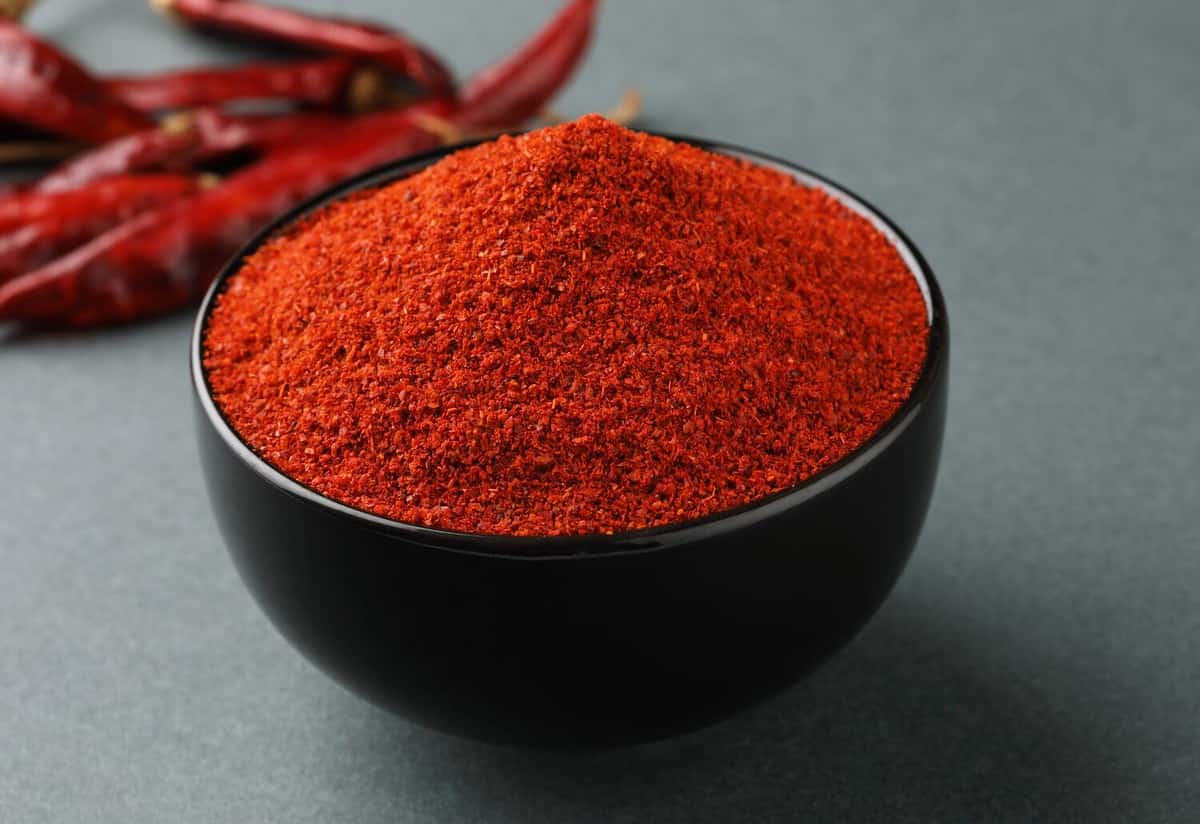
©Harshada Raju/Shutterstock.com
Tip: Only purchase seasonings in large quantities if you frequently use them. Otherwise, stick with a smaller bottle or only buy when you think you'll use it.
While the shelf life of many of your most-used herbs and spices can last fairly long, it's important to check the expiration date on these bottles as well as do a visual check of these items. If you notice that the seasonings are clumping together or have a funny smell, it may be time to throw them out.
Cooking Oil
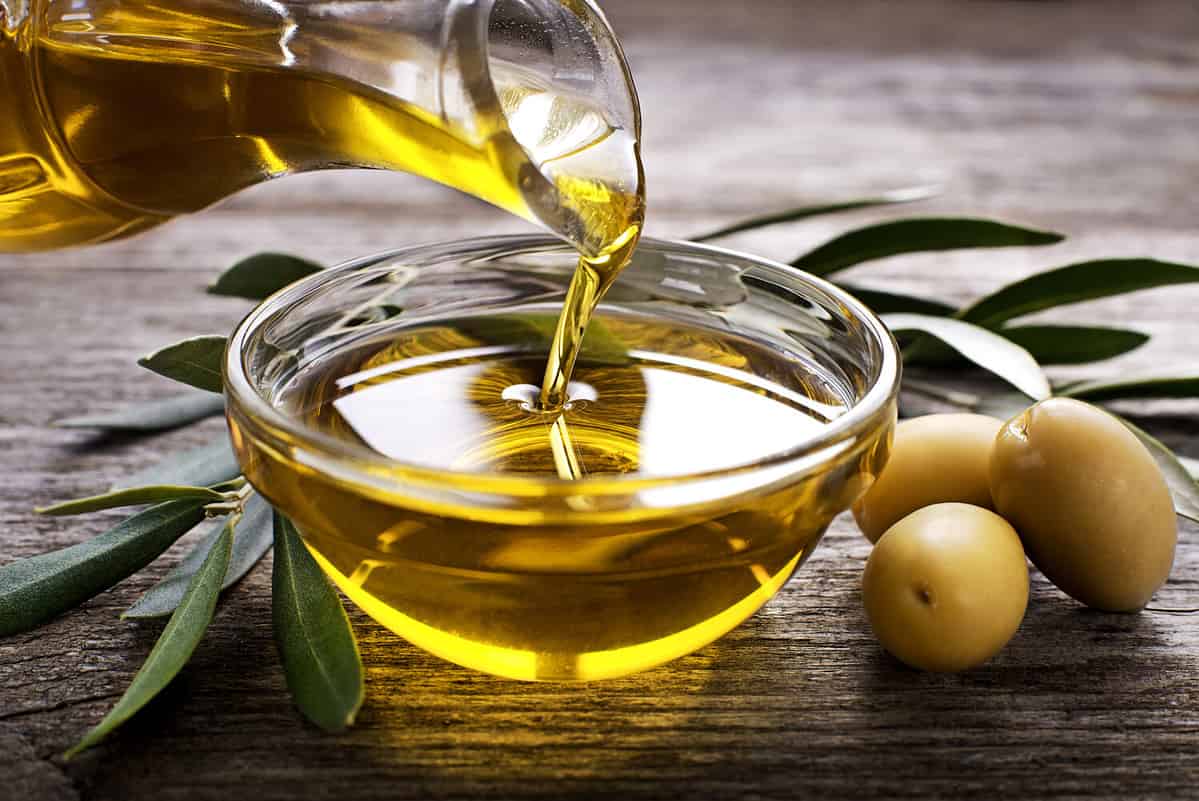
©DUSAN ZIDAR/Shutterstock.com
Tip: Store oil in a clear airtight bottle to preserve freshness and to easily check the color of it in case it goes bad.
One thing many people aren't aware of is the fact that cooking oil—or any type of oil for that matter—can go bad more quickly once opened. If the oil is looking a bit cloudy or carries a stale smell, toss it out.
Coffee
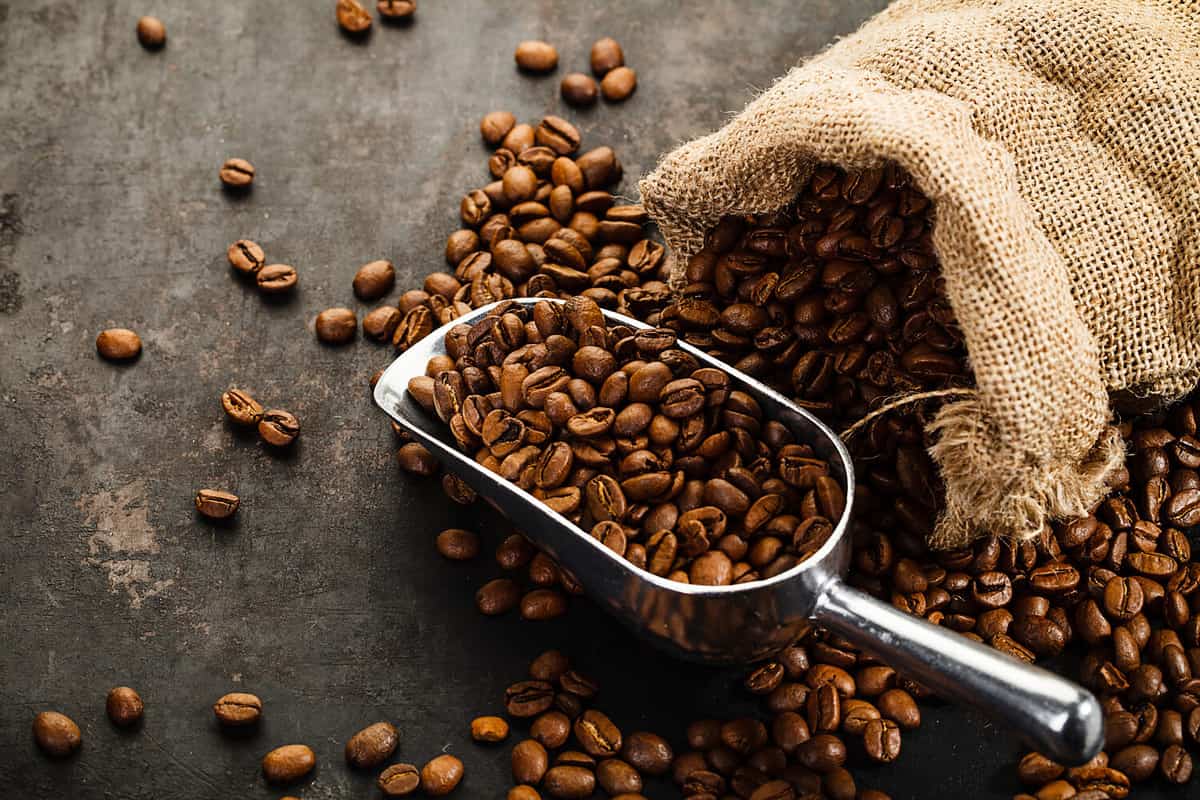
©Ilja Generalov/Shutterstock.com
Tip: While it may be tempting to buy coffee in bulk, only do so if you regularly make large pots.
Not surprisingly, coffee is one of those pantry items that starts to lose its flavor as soon as it is opened. While you may not get sick drinking coffee that is older, you will definitely notice the difference in taste.
Baking Soda
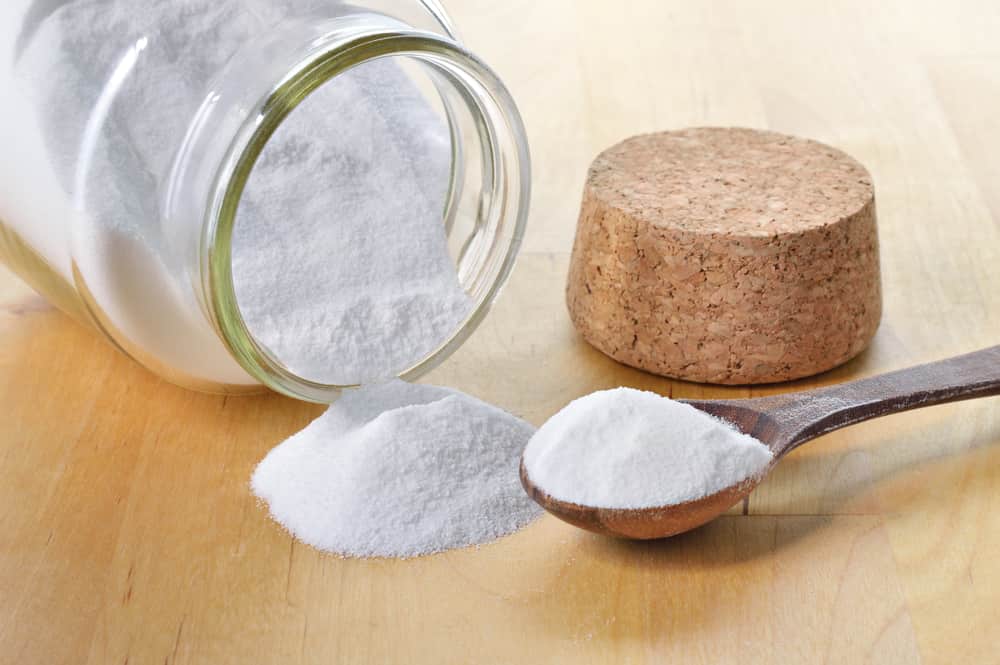
©Geo-grafika/Shutterstock.com
Tip: Once baking soda starts to lose its potency, try using it for cleaning so it doesn't go to waste.
While it's incredibly versatile, baking soda is one of those pantry items that loses its potency over time. This is important to note, particularly when used in baking as a recipe could be potentially ruined by expired baking soda.
Flour
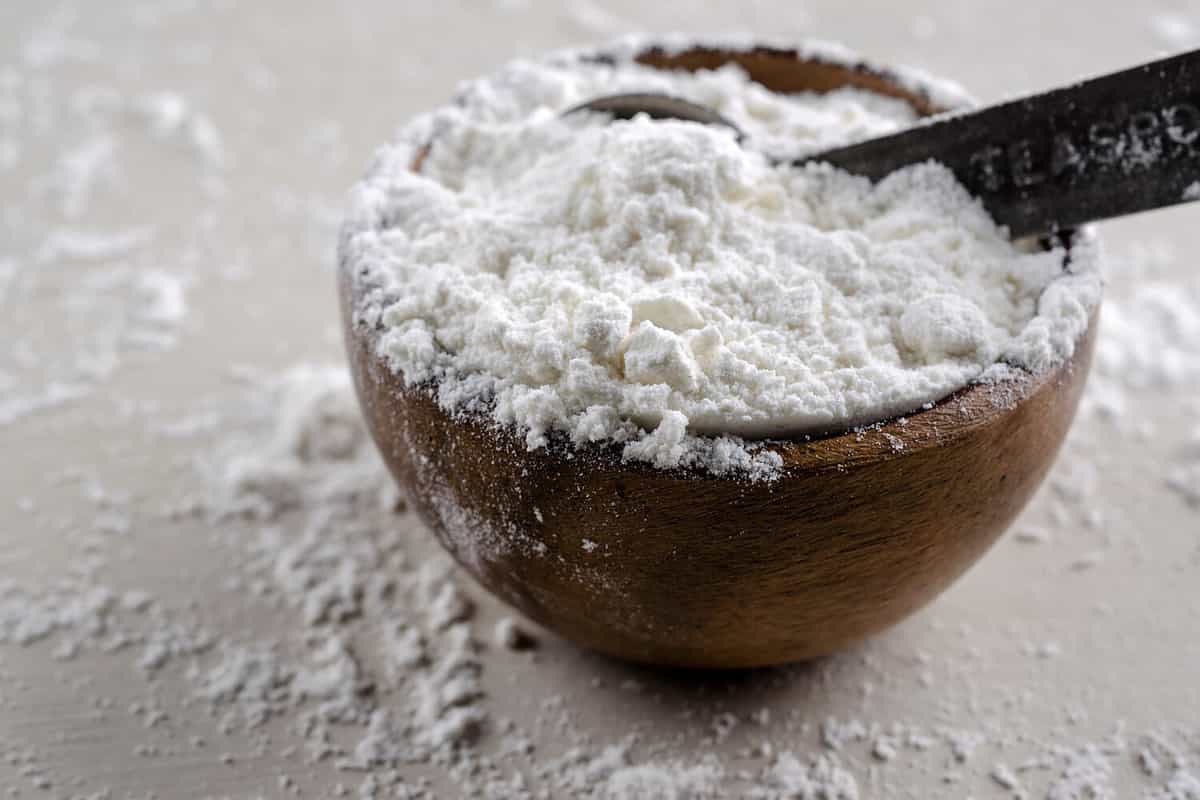
©Happie Hippie Chick/Shutterstock.com
Tip: Store flour or any baking products in an airtight container. This will extend the shelf life longer than expected
Like sugar, flour is one of those items that many people keep tucked away in their pantries and forget about. Older flour can tend to go sour or stale once opened and if left in the pantry too long. If you haven't used it in a while, it may be best to replace it with one that's fresher. Particularly in baking, the result of your dish won't be the same if it has gone bad.
Maple Syrup
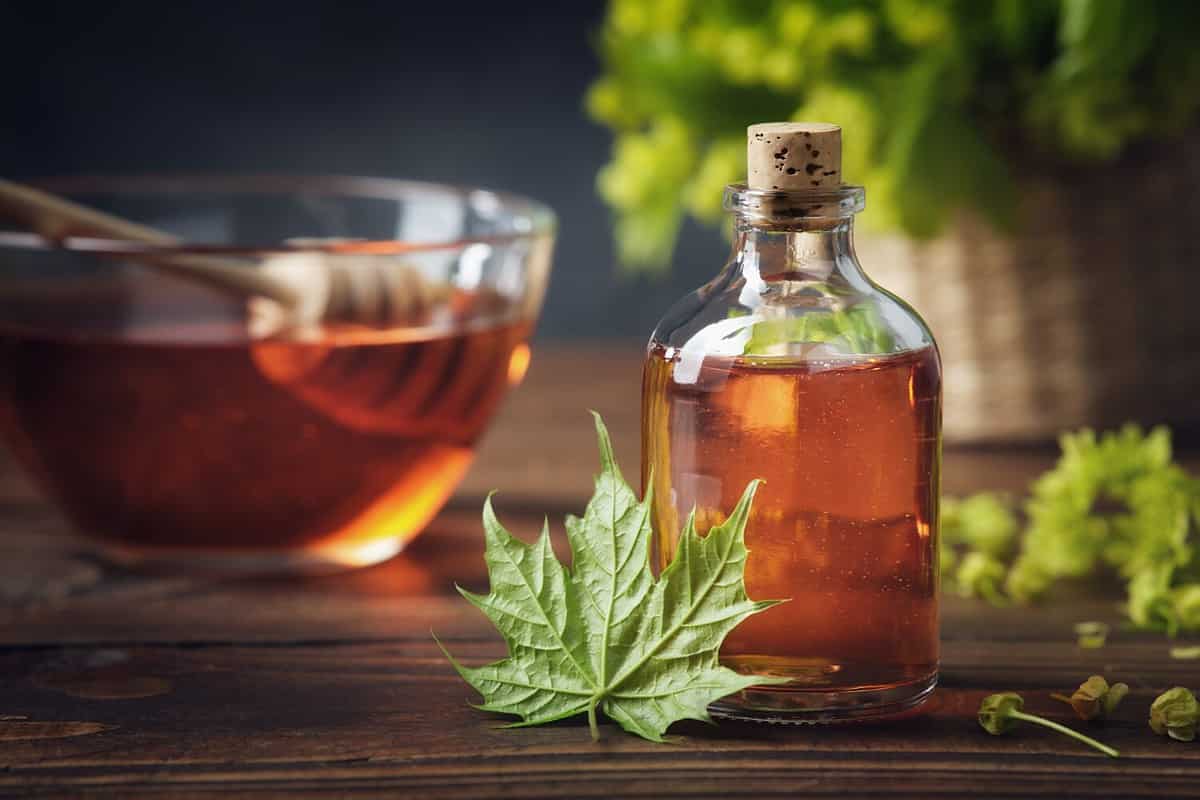
©Chamille White/Shutterstock.com
Tip: While it’s tempting to buy a big bottle of maple syrup and keep it in the fridge for an extended period, this product can still go rancid in the fridge over time. Try purchasing a smaller bottle as it’s not one of those items that is used quite frequently.
If you're storing unopened maple syrup in the pantry, we’re willing to bet you’re not alone. Besides, if you go to a diner or somewhere else for breakfast, they always seem to be on the table. However, pure maple syrup tends to go bad quickly if not stored in the fridge once opened. We are finding that this is quite a misconception among individuals than you might expect it will syrup is quite pricey, we suggest putting it into the fridge after you’re done using it.
Nuts
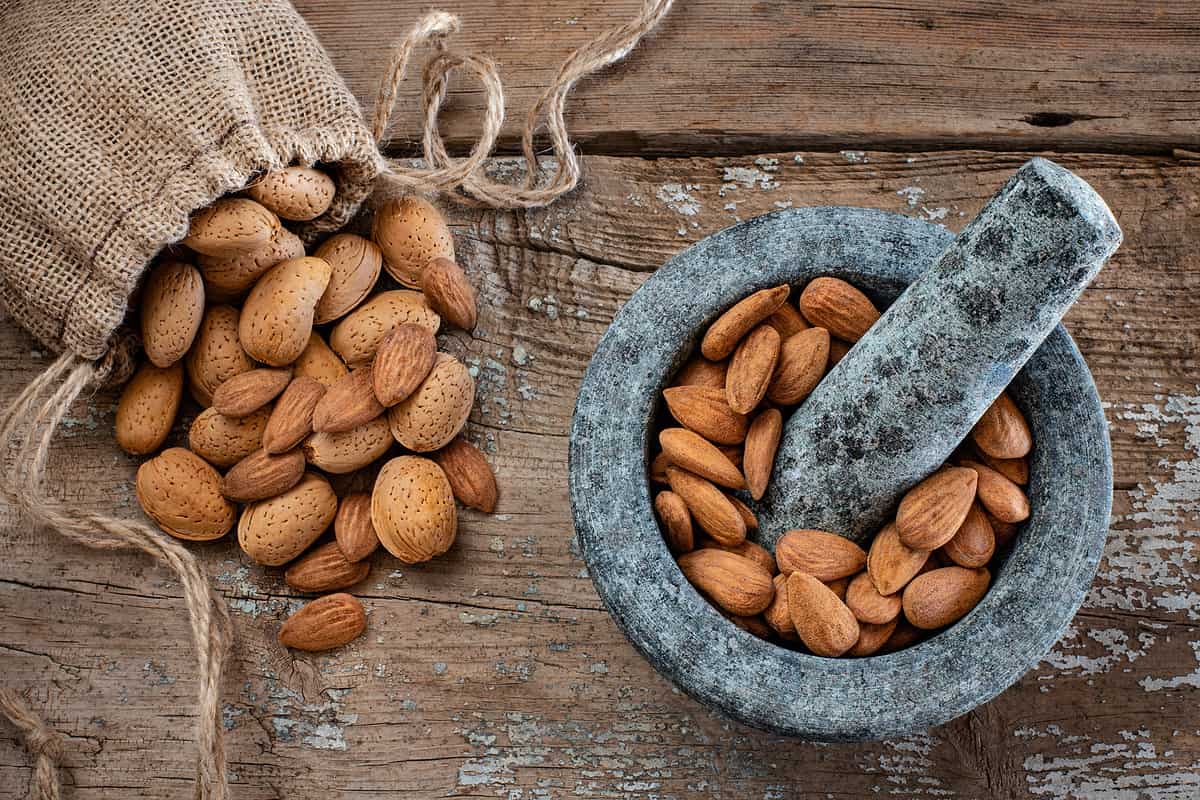
Dried nuts concept.
©iStock.com/Gulcin Ragiboglu
Tip: When storing nuts, opt for a separate airtight container. This will help keep the air out and you’re nuts fresher for longer.
Many of us have been there. When you reach for a handful of mixed nuts, and are unpleasantly surprised by the stale texture because your favorite trail mix just went bad. Nuts tend to have a longer shelf-life, but it’s still important to follow the expiration or best buy date on the package to make sure you’re getting the freshest product.
Gift Sauces and Marinades
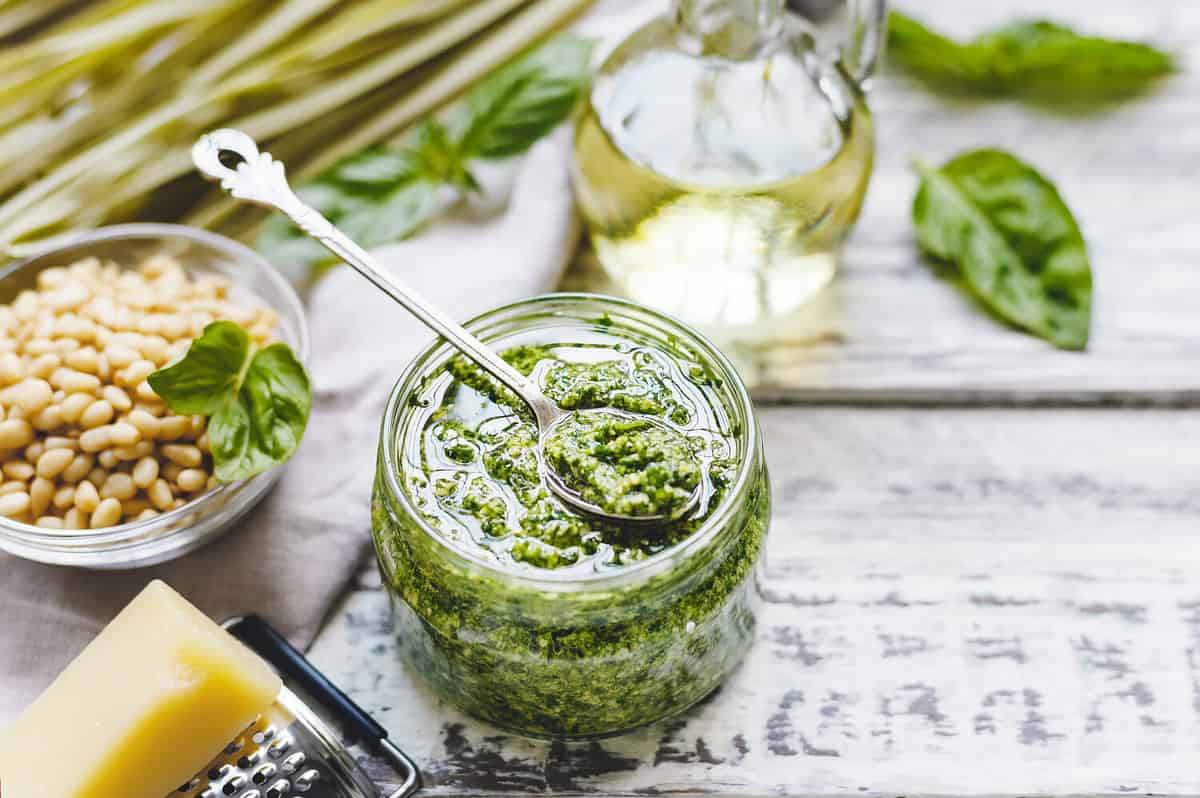
©beton studio/Shutterstock.com
Tip: If you are really committed to using these sauces, we get it. Maybe once you receive it as a gift, plan to use it right away or at least soon after you receive it so you don’t risk forgetting about it in the pantry.
Raise your hand if you’ve ever received a gift basket full of sauces and cooking marinades you promise you’ll use. Yet there they are, just sitting in your pantry for over a year collecting dust. We have good intentions, but many of us have been guilty of this too. While these sauces may have an expiration date, they may be creeping up closer than you think. Our rule of thumb: if you know you won't use it, donate it while it’s still good or toss it if it’s getting close to the expiration date.
Cereal
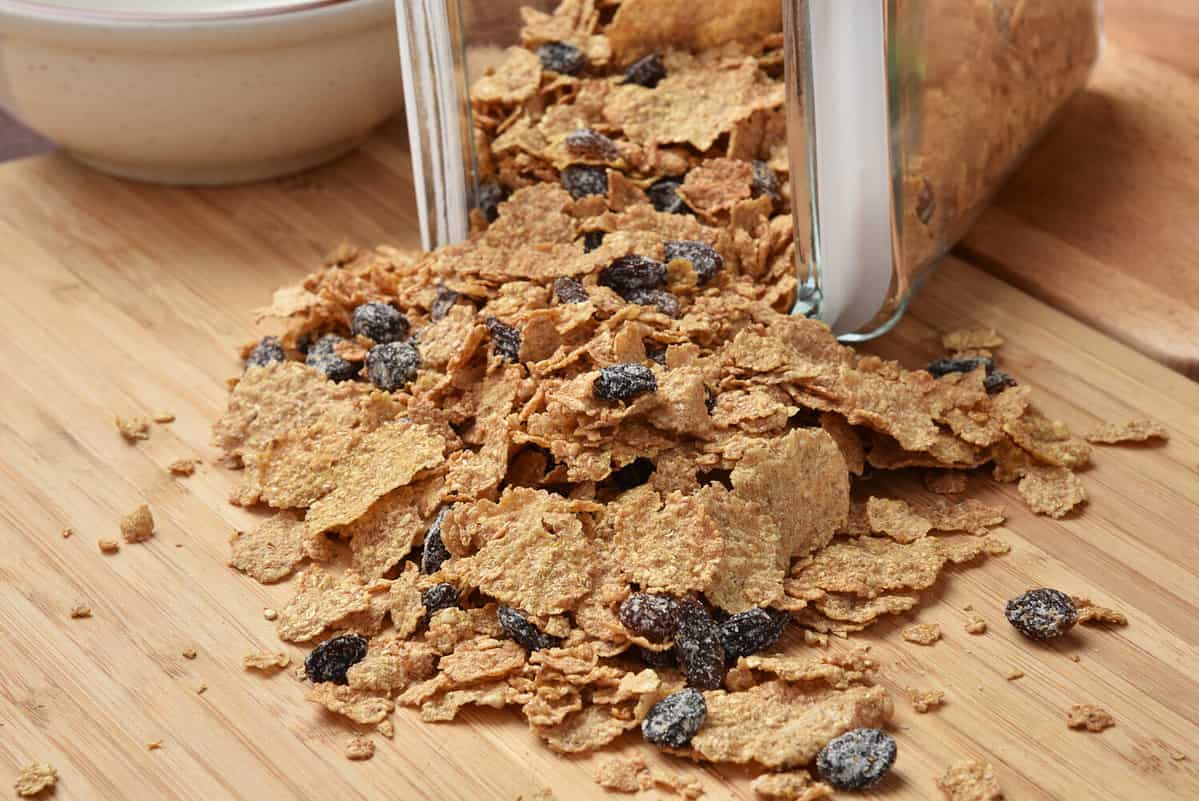
©MSPhotographic/Shutterstock.com
Tip: Keep your dry pantry ingredients, including cereal in clear airtight containers, as this will extend the shelf life tremendously and you won’t have to worry about taking a bite out of stale cereal. Plus, it’s a chance to use your label maker to create a fun display!
This one should be an obvious one for everyone. We’ve all opened that box of cereal only to find that the delicious crunch is no longer. Instead, you're left with a stale yet rubbery texture of cereal. You probably won’t get sick from eating it when it’s stale, but it’s probably best to throw it out just in case.
Holiday Candy
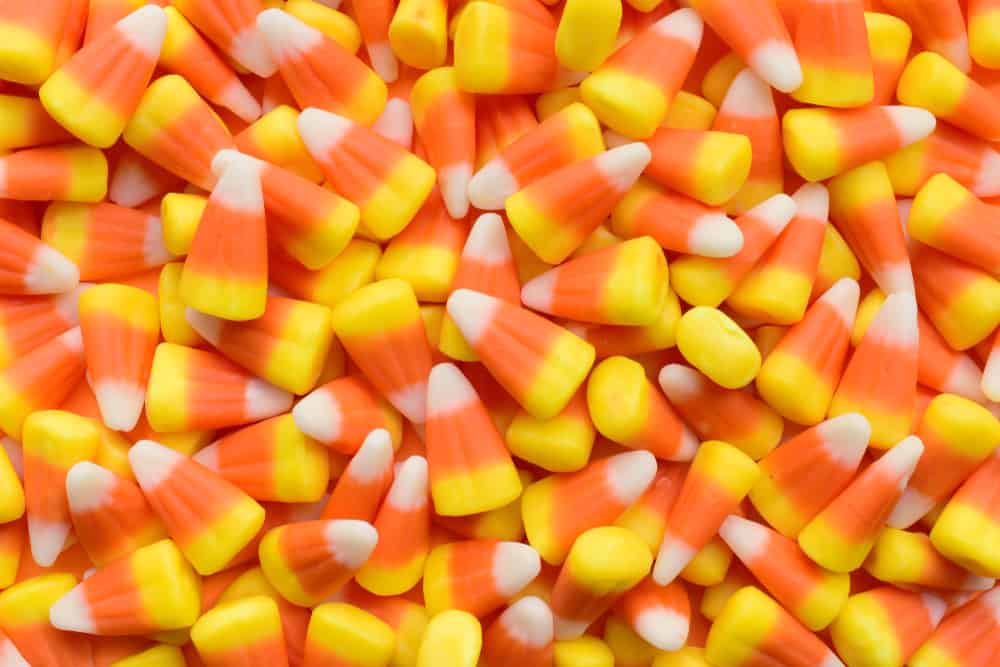
©Nodar Chernishev/Shutterstock.com
Tip: Keep your holiday candy front and center either in your pantry or display it on your desk. This may not be a popular choice as you might be signing yourself reaching for the week more often than not, but everyone deserves sweets once in a while, and it will ensure it doesn’t go to waste!
We are willing to bet you still have Halloween or Christmas candy in the back of your pantry somewhere. We can’t tell you how many times we discovered a fun-sized chocolate bar with a powdery film on it, or chewy candy that is now hard and not so chewy. It’s tempting stockpile this candy for a future craving, especially when your little ones bring bags and bags of trick-or-treats on Halloween, but there will be other holidays. If it’s more than a couple of months old, it might be time to toss it.
Crackers and Chips
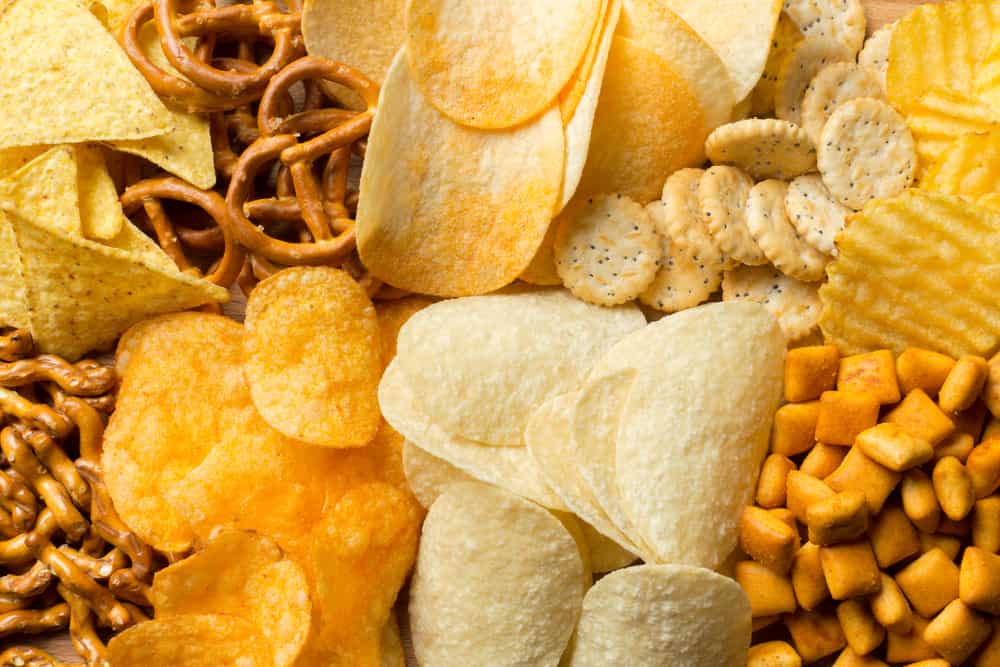
©FabrikaSimf/Shutterstock.com
Tip: When storing crackers or chips, using an airtight container or secured chip clip is the best way to go to prevent them from becoming stale too quickly.
If you open your pantry right now, you probably won’t be surprised to find a few containers of chips and crackers likely have a questionable texture. If you can’t remember when you purchased it, that’s probably not a good sign and you’re likely to bite into bland food. Our recommendation: Open up the bag or box and check the texture and if it doesn't have a crunch, toss it.
Takeaways
Now that you have a good idea of what to look for and how long you should keep an item in the pantry, roll up your sleeves and do a little spring cleaning in your kitchen. Yes, it will take some time, but you’ll feel better in the end and you won’t be surprised when you go to reach for an item to cook with because you’ll know it’s not past its prime. We recommend going through these items every 3 to 4 months or so, to make sure you’re not holding onto something that is just taking up space.
The image featured at the top of this post is ©VH-studio/Shutterstock.com
